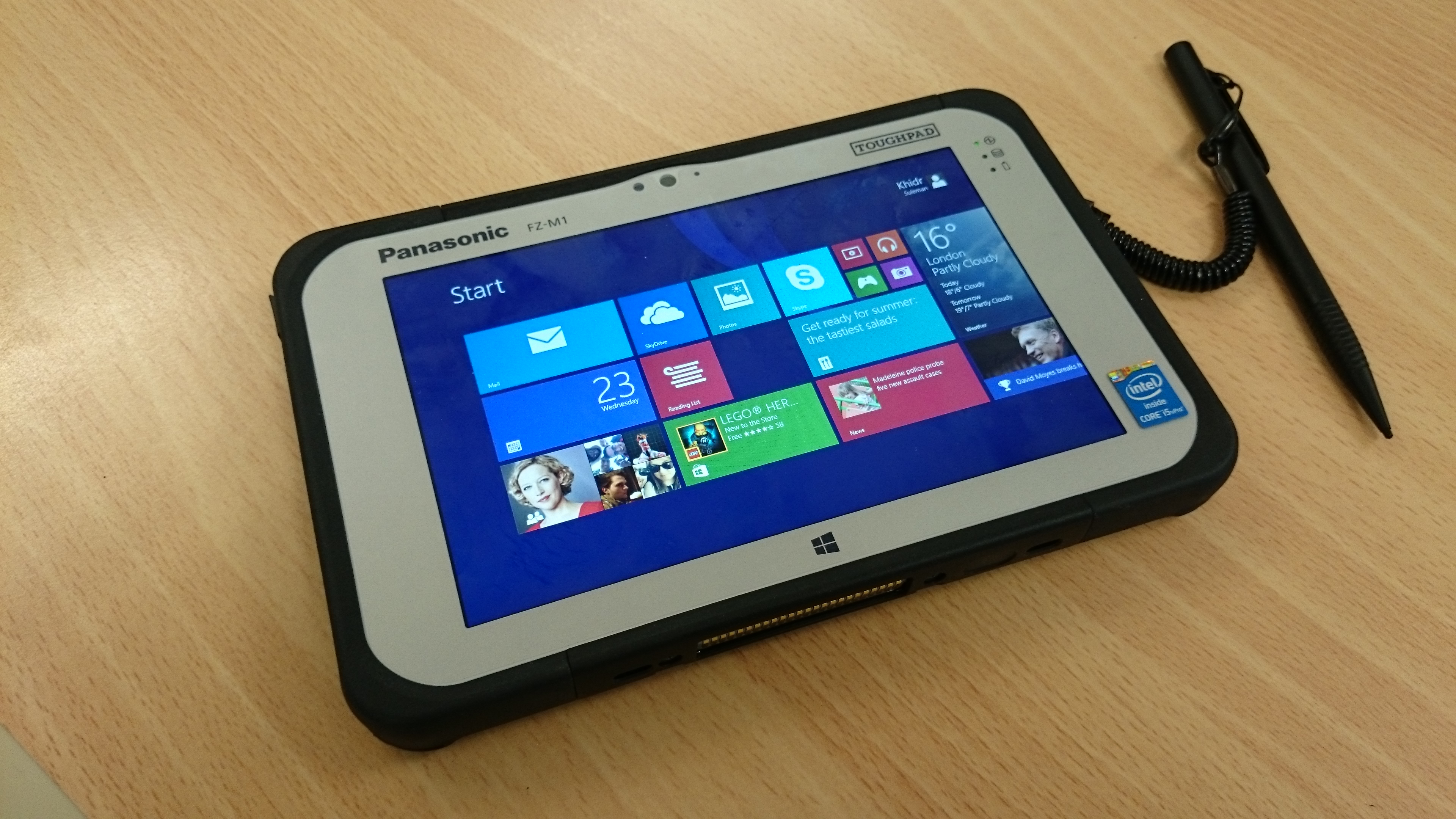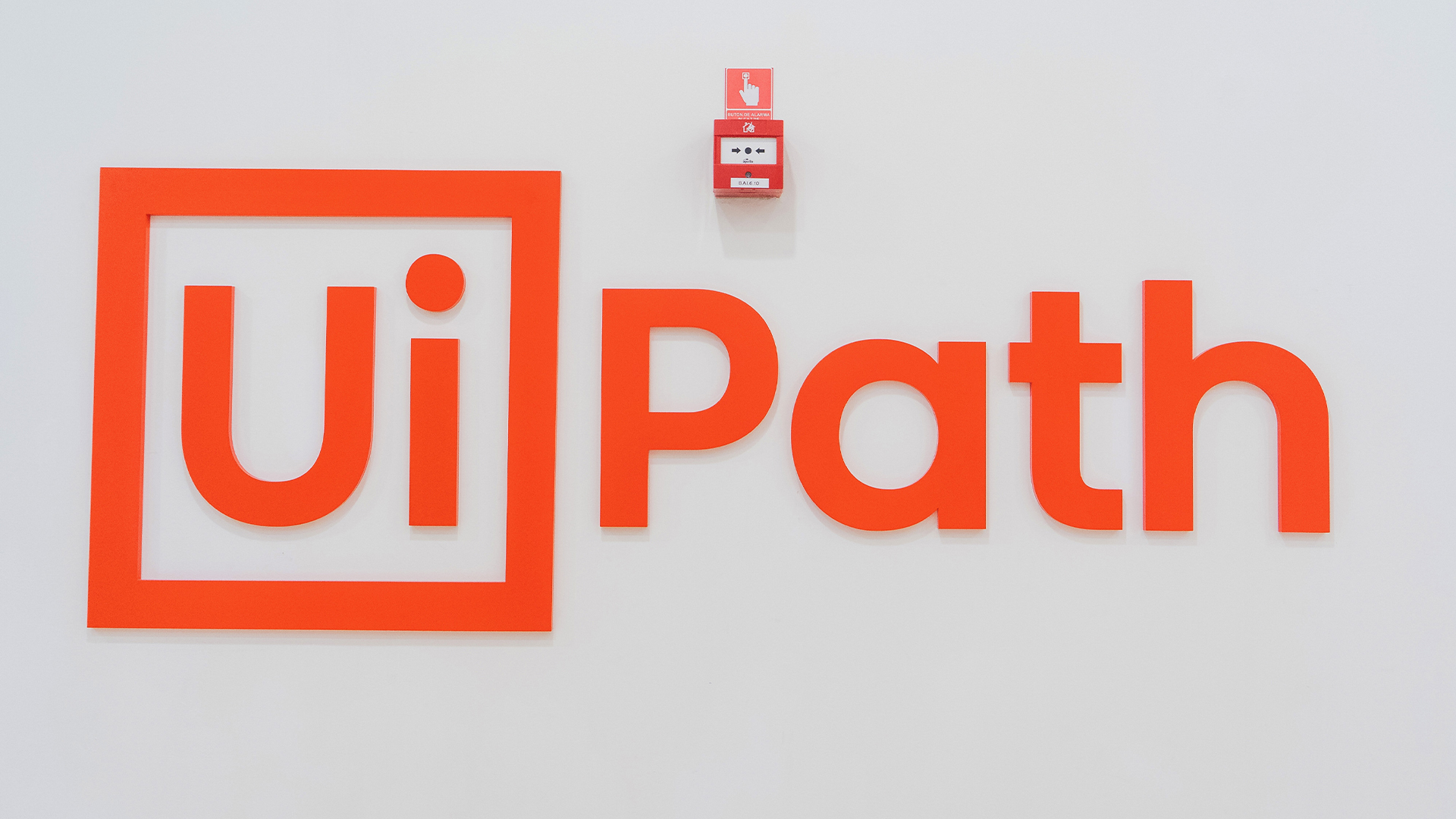Panasonic ToughPad FZ-M1 review
A fully ruggedised 7in tablet running Windows 8.1 Pro and with a host of customisation options


Suitable for deployment in a variety of enterprise environments, the customisation options for the ToughPad are unmatched. It's the tablet of choice when ruggedness is the priority.
-
+
Solid/rugged design; Full USB 3 port; Multiple configurations; Removable battery; Comprehensive support
-
-
Standard battery life was disappointing; Expensive
Ports, buttons and connectivity
Panasonic port selection differs from most tablets. There's a full USB 3 connection on the right hand edge, so you can plug in a regular memory stick to transfer files.
ToughPad recommended use-cases
Retail Mobile POSInventory managementCustomer service
Field service MaintenanceRepairDispatching
Supply chain TrackingPick-up and delivery
Healthcare Patient recordingChart/record management
Sign up today and you will receive a free copy of our Future Focus 2025 report - the leading guidance on AI, cybersecurity and other IT challenges as per 700+ senior executives
On the left side is a proprietary power connector. All these ports are covered with flaps to provide protection against water and dust.
A 24-pin docking connector runs along the bottom of the device, and is designed for use with cradles.
There's more. Hidden away on the back are micro SD card and micro SIM card slots. You have to snap out the battery before you get access to these. This is a good move from a design point as it means there isn't another flap to worry about closing on the edge of the device.

The ToughPad has the usual physical buttons you'd expect running along the top of the device together with a couple of custom additions to aid functionality. The volume, power button and auto-rotation keys are self explanatory.

Things get interesting with the "A" key, which can be configured as a shortcut to open a specific app or trigger an action like shutting the machine down. This will be useful to engineers or retail workers who use one app regularly as they have a permanent shortcut.
Wireless connectivity is provided by an Intel dual-band wireless chip (AC7260). This supports Wi-Fi 802.11a/b/g/n/ac and there's also Bluetooth 4 compatibility.
A number of authentication and encryption standards are built into the device including the Lightweight Extensible Authentication Protocol (LEAP), WAP, 128-bit and 64-bit WEP.
-
 Salesforce targets better data, simpler licensing to spur Agentforce adoption – and its acquisition of Informatica is key
Salesforce targets better data, simpler licensing to spur Agentforce adoption – and its acquisition of Informatica is keyNews The combination of Agentforce 360, Data 360, and Informatica is more context for enterprise AI than ever before
By Rory Bathgate Published
-
 UiPath partners with Veeva to streamline application testing and validation
UiPath partners with Veeva to streamline application testing and validationNews UiPath has joined the Veeva AI partner program, pairing the software vendor’s agentic testing capabilities with Veeva Validation Management
By Daniel Todd Published
-
 Snowflake inks $200m deal with Anthropic to drive ‘Agentic AI’ in the enterprise
Snowflake inks $200m deal with Anthropic to drive ‘Agentic AI’ in the enterpriseNews The data cloud giant deepens its alliance with the AI research firm, integrating Claude models to power autonomous agents for more than 12,000 global customers
By Rene Millman Published